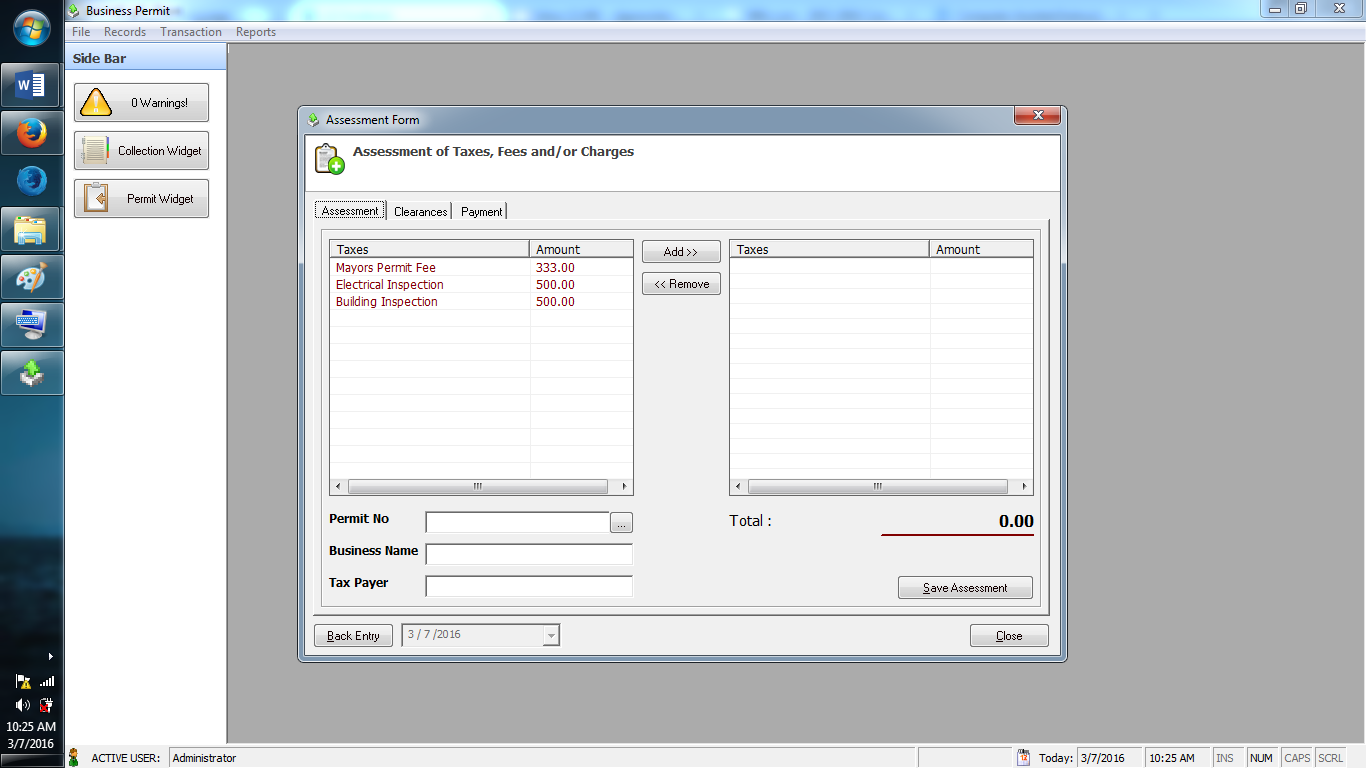Arduino Based Visitor Counter Technical Background
TECHNICAL BACKGROUND
The developed system includes the following component used by the researcher.
Software Application used for Development
The researchers used software application for the development of the system; researcher used Arduino Integrated Development Environment (IDE) and C++ for the programming language for the proposed system.
Arduino Integrated Development Environment (IDE)
IDE (Integrated Development Environment) that runs on your computer, used to write and upload computer code to the physical board. The Arduino IDE uses a simplified version of C++, making it easier to learn to program. (arduino.cc)
C++ Language
C++ is a programming language that is general purpose, statistically typed, free-form, multi-paradigm and confided. Developed by Bjourne Stroutrup starting in 1979 and Bell Lab, one of the most popular language programming languages and is implemented on a wide variety of hardware and operating system platforms. (Pankaj Dhaka, ANMOL PUBLICATION PVT. LTD, 2014)
Hardware tools needed for system development
The developer of the system requires to use arduino uno, breadboard, Liquid Crystal Display (LCD), Relay (5v), Resistor, Laptop, IR Sensor Module, and Connecting wires.
Arduino uno
Arduino/Genuino Uno is a microcontroller board based on the ATmega328P (datasheet). It has 14 digital input/output pins (of which 6 can be used as PWM outputs), 6 analog inputs, a 16 MHz quartz crystal, a USB connection, a power jack, an ICSP header and a reset button. It contains everything needed to support the microcontroller; simply connect it to a computer with a USB cable or power it with a AC-to-DC adapter or battery to get started. (www.arduino.cc)
Breadboard
An electronics breadboard (as opposed to the type on which sandwiches are made) is actually referring to a solderless breadboard. These are great units for making temporary circuits and prototyping, and they require absolutely no soldering. (learn.sparkfun.com)
Liquid Crystal Display (LCD)
This library allows an Arduino board to control Liquid Crystal displays (LCDs) based on the Hitachi HD44780 (or a compatible) chipset, which is found on most text-basedLCDs. The library works with in either 4- or 8-bit mode (i.e. using 4 or 8 data lines in addition to the rs, enable, and, optionally, the rw control lines). (www.arduino.cc)
Relay 5v
A relay is an electrically operated switch. It is mainly used to control higher voltage circuits with lower voltage. The ‘control’ and ‘controlled’ circuits are electrically isolated from each other. Since relays are switches, the terminology applied to switches is also applied to relays; a relay switches one or more poles, each of whose contacts can be thrown by energizing the coil.
Resistor
Resistors are electronic components which have a specific, never-changing electrical resistance. The resistor’s resistance limits the flow of electrons through a circuit.
They are passive components, meaning they only consume power (and can’t generate it). Resistors are usually added to circuits where they complement active components like op-amps, microcontrollers, and other integrated circuits. Commonly resistors are used to limit current, divide voltages, and pull-up I/O lines. (learn.sparkfun.com)
IR Sensor Module
The IR Object Detection sensor module is quiet easy to make. This sensor circuit below is a low cost – low range infrared object detection module that you can easily make at home using IR LED’s. The Maximum input Voltage is 5 Volts. (www.rakeshmondal.info)
Connecting wires
Connecting wires allows an electrical current to travel from one point on a circuit to another, because electricity needs a medium through which to move. In the case of computers, wires are embedded into circuit boards, carrying pulses of electricity that are interpreted as binary signals of zeros and ones. (www.reference.com)
How the project will work
This project is known as “Student Counter” which measures the number of student entering in Library room. This function is implemented using a pair of infrared sensor. This student count will be incremented if somebody enters inside the room and decremented if someone’s leaved the room. It receives the signal and it is operated under the control of software which is stored in the ROM. LCD display placed outside the room displays the number of student count and display the maximum capacity of the library room. The automatic light control will function if the sensor can detect motion in the area which is covered by the PIR Sensor.
Credits to the authors of the project.
You may visit our facebook page for more information, inquiries and comments.
Hire our team to do the project.


